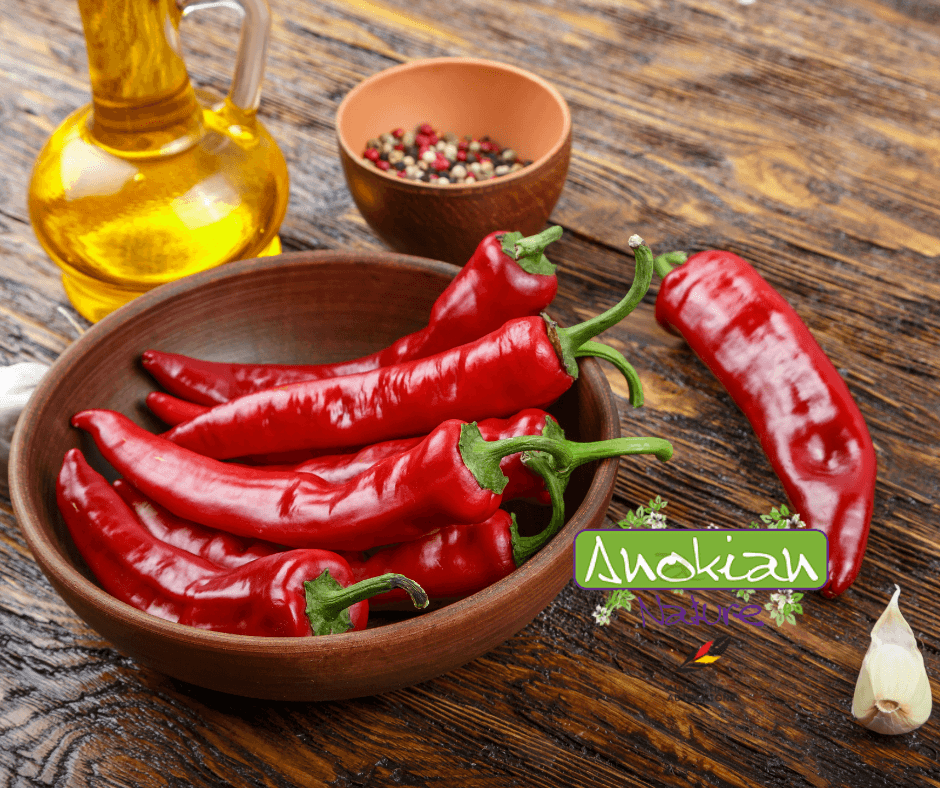Skip to product information










Seed | Gorria Pepper from Espelette
$3.99 CAD
Quantity
Discover the Gorria Pepper seed from Espelette, an authentic variety known for its unique flavor and moderate heat.